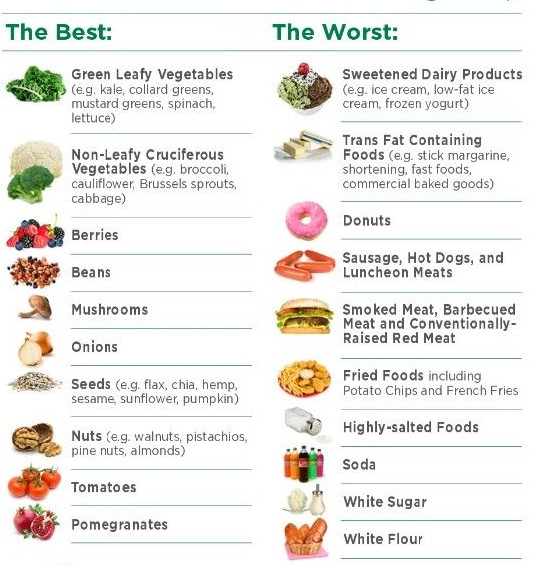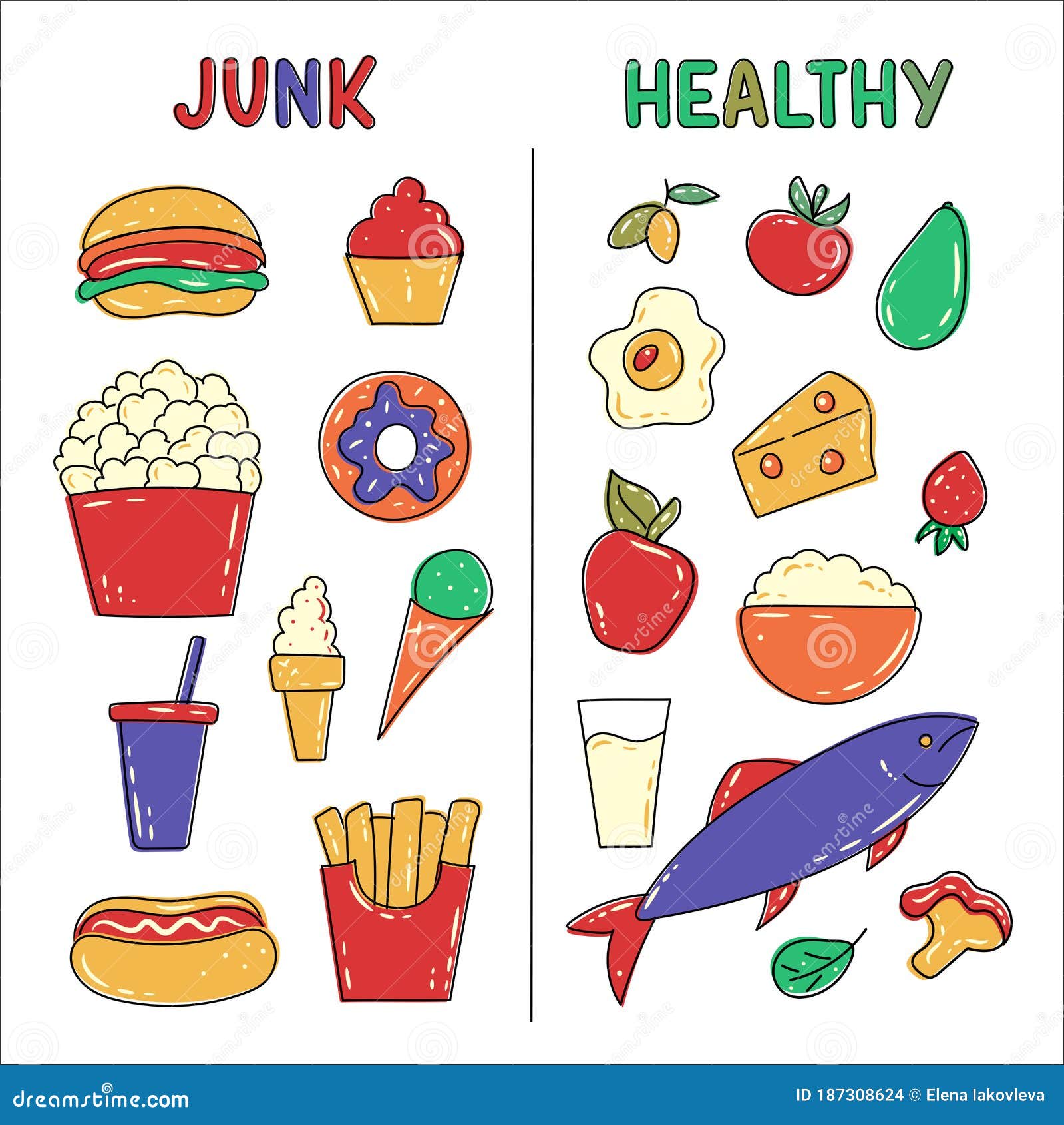Healthy And Unhealthy Food Chart
Tuesday, November 26, 2024
Edit

Healthy and Unhealthy Food Chart
The Benefits of Eating Healthy Food
Eating healthy is important for everyone, but for those with special dietary needs, it is even more important. Eating a balanced diet can help to maintain a healthy weight, reduce cholesterol, strengthen the bones and muscles, reduce the risk of disease and improve overall health. Eating the right foods can also help to boost energy levels, improve mood and provide essential nutrients to the body. A healthy diet includes a variety of foods from all the food groups, including fruits, vegetables, dairy products, lean proteins, whole grains, and healthy fats.
The Risks of Eating Unhealthy Food
Eating unhealthy food on a regular basis can have a negative impact on your health. Eating too much processed, sugary and fatty foods can lead to weight gain, high cholesterol, heart disease, and other health problems. Eating a diet high in saturated fats, sodium, and sugar can also increase your risk of developing type 2 diabetes and other serious health conditions. Consuming too much caffeine, alcohol, and junk food can also have a negative impact on your health and can lead to fatigue, headaches, and depression.
Creating a Healthy and Unhealthy Food Chart
Creating a healthy and unhealthy food chart can be a great way to ensure you are eating a balanced diet. A food chart can help you track the foods that you are eating and can help you make healthier food choices. The chart should include all the food groups, including fruits, vegetables, dairy products, lean proteins, whole grains, and healthy fats. It should also include unhealthy foods, such as processed and sugary foods, caffeine, alcohol, and junk food. It is important to include the serving sizes for each food group on the chart, so you know how much of each food you should be eating.
Tips for Creating a Healthy and Unhealthy Food Chart
Creating a healthy and unhealthy food chart is not difficult, but there are a few tips you should keep in mind. First, make sure the chart is easy to read and understand. Also, be sure to include all the food groups, and the recommended serving sizes for each food group. You should also include a variety of foods from each food group, so you can ensure you are getting all the essential nutrients. Finally, make sure to include unhealthy foods on the chart, so you know what to avoid.
Using the Healthy and Unhealthy Food Chart
Once you have created your healthy and unhealthy food chart, you can use it to help you make healthier food choices. Start by filling out the chart with all the foods you eat in a day. This will help you identify which foods you should limit and which foods you should increase. For example, if you notice that you are eating too many unhealthy foods, you can replace them with healthier alternatives, such as fruits, vegetables, and lean proteins. You can also use the chart to track your progress and make sure you are getting enough of the essential nutrients.
Conclusion
Eating a healthy and balanced diet is important for maintaining a healthy weight, reducing the risk of disease, and improving overall health. Creating a healthy and unhealthy food chart can help you track the foods that you are eating and can help you make healthier food choices. The chart should include all the food groups, including fruits, vegetables, dairy products, lean proteins, whole grains, and healthy fats. It should also include unhealthy foods, such as processed and sugary foods, caffeine, alcohol, and junk food. Make sure to include the serving sizes for each food group on the chart, so you know how much of each food you should be eating. Using the chart can help you make healthier food choices and can help you meet your dietary needs.
Healthy and Unhealthy Food - Comunidad Educativa Weitzman - Campus

English Time!: Food

Healthy or unhealthy food

Healthy and unhealthy food worksheet for preschool#241341 - Myscres

List Of 40 Healthy And Unhealthy Food | Tops Health Info

Spectrum Educational Charts: Chart 154 - Food 1

Healthy and Junk / Unhealthy Food. Fish, Cottage Cheese, Milk, Fruits

17+ Unhealthy Food Chart Pics

Healthy - unhealthy food ficha online. Puedes hacer los ejercicios

Healthy vs unhealthy food chart | Food charts, Unhealthy food, Healthy
